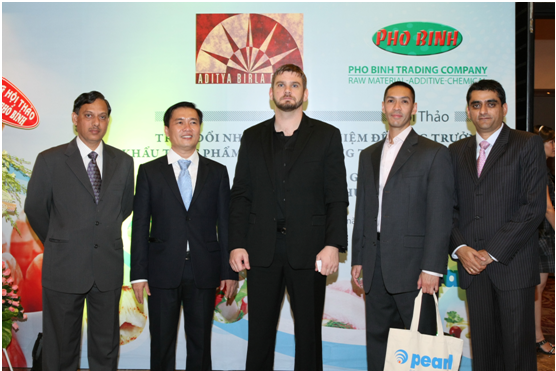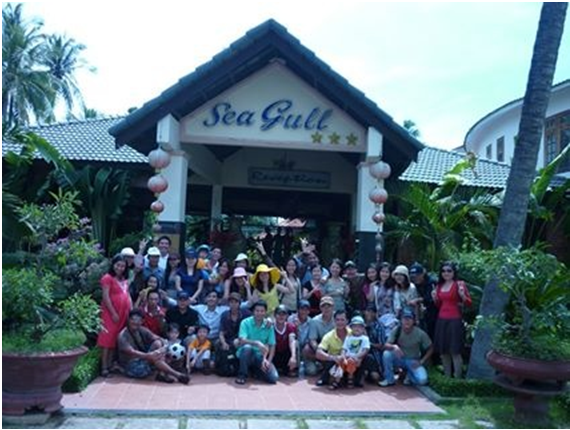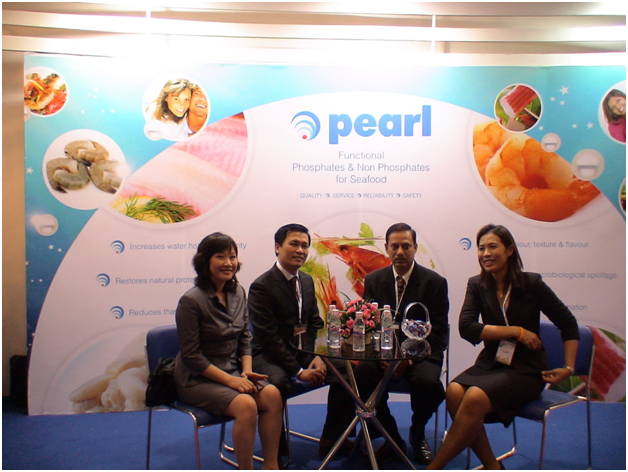Challenges for Viet Nam’s sustainable seafood export
Sustainable seafood export topped in the targets of Viet Nam Fisheries Development Strategy by 2020 and Seafood Export Development Programm, approved by Vietnamese government . To specify the implementation of these strategies, Directorate of Fisheries has built the Master Planning of Vietnam Fisheries Development to 2020, vision 2030. However, Viet Nam seafood export industry is still facing many challenges besides achievements.
Achievements
The objectives of Seafood Export Development Program are to continue to develop Viet Nam fisheries sector into a sustainable direction and to uphold the position in the world’s top 10 exporters. Developing seafood export industry is an objective of Viet Nam fisheries sector since it can drive the growth of aquaculture, fishing and services, contributing to income generator and improvement of the farmers’ lives. Specifically, Viet Nam fisheries sector planed to obtain the export year-on-year growth rate of over 8 per cent by the year 2015, with the export value of US$ 7.5 billion, in which, value added products accounted for over 60 per cent and export value from aquaculture occupied 70 per cent of the total export value.
To 2020, seafood export continues to be considered the Viet Nam’s key export industry, making a significant contribution to sustainable development of rural economy, with the growth rate of over 7 per cent per year and export value of US$ 10-10.5 billion. In addition, the industry plans to build the Vietnamese seafood brand, creating Vietnamese seafood’s prestige in the world market. Apart from this, it will strive to remain the market shares in the traditional markets such as Japan, EU, US, accounted for over 60 per cent of the total export value nationwide. Also, it will foster exports to potential markets such as Middle East, Africa, China, ASEAN, ect.
Viet Nam has gained significant achievements in fisheries production both in terms of volume and value over the past years. In 2011, total fisheries production amounted to 5.2 million tons, doubled that in 2011, with the average annual growth of 8.8 per cent. Aquaculture production obtained 3 million tons, increased 4 fold compared to 2001 with the average annual growth rate of 17.7 per cent, fishing production gained over 2.2 million tons, increased by 1.27 times compared to 2001 with year-on-year growth rate of 2.74 per cent. Vietnamese seafood products have been present in over 164 nations and territories. Seafood export turnover in 2011 gained US$ 6.11 billion, 2.4 times greater than that in 2001 with annual growth rate of 13.16 per cent.
However, there were challenges facing seafood export industry in 2012 such as the decline in the exports of the key items: tra fish and shrimp. According to VASEP, in the first ten months of 2012, shrimp export gained US$ 1.86 billion, a decrease of 4.9 per cent compared to last year and tra fish export reached US$ 1.46 billion, reduced by 2.2 per cent. This decline resulted from capital shortages and a sharp increase in production costs.
Challenges
Interal challenge
The first internal challenge is that seafood export items have not been diversified. Although the rapid growth of seafood export industry partly contributed to completing socio-economic targets, it has not confirmed the growth of its products quality. The fisheries enterprise’s production system have not been able to diversify their products to increase competive advantages and meet the world market’s requirements.
Another challenge is that the activity of market consuming trend forecast in the domestic and foreign markets is limited. Many enterprises have not built the marketing strategy. Apart from this, statistics of market and export market shares is shortcoming, leading to unaccurate forecast for specific item and market.
Also, many processing enterprises have not fully exploited their capacities, operating only 50-70 per cent of their optimal performance, leading to an increase in production cost and reduction in competition in the market. In addition, the close link between farmers and processing plants has not been limited, leading to unstable supply of raw material. At the same time, the Vietnamese seafood brands have not been paid much attention, leading to reduction in competitiveness in the world market.
Apart from these, the inspection activities of state agencies has not been productive, leading to vilations in using prohibited substance in aquaculture and processing, which negatively affected the products quality.
External challenge
Besides internal challenge, Vietnamses seafood export is facing some external obstrustions. Firstly, due to grobally economic turndown, the demand of seafood in the tradditional markets such as US, EU, Japan,ect reduced. Secondly, there were food hygene and safety barriers from big importers such as ethoxyquin, triflurarin from Japan and hygene regulation, requirements of registered products from China, badly affecting Vietnamese seafood export. Thirdly, Vietnamese exporters are facing competitive pressures with other suppliers in the world market. Reducing trend in shrimp price from the main suppliers such as Thailand and Indonesia is creating pressure on Vietnames shrimp export activities. Besides, although Viet Nam is the world’s leading tra fish producers and exporters, it is encountering competition with other countries in the region such as Thailand and Phillipin, where producing tra fish is being invested.
Facing these challenges, Vietnamese government has figured out some sollutions with the participants of relevant industries, communities and enterprises to implement above strategies. It is necessary to give priority for market development programs, fostering trade promotion activities. Specially, the warning system for enterprises should be built based on information exchanging mechanism among enterprises, management agencies and associations to help enterprises aware of opportunities and challenges of trading environment.
Ministry of Industry and Trade will participate in giving proposal of reducing import-export tariff for fisheries items belongingto bilateral conventions such as TPP, EFTA, ect to reduce price and increase the competitiveness of Vietnamese seafood products.
Fisheries Information Centre (FICen)









